Introduction
Transvenous pacemaker implantation is safe
- All dogs survived implantation in studies [1] and [2], 6 cardiac arrest in [3]
- Major complications (15/104, Johnson and al. – 12/105, Wess and al., 51/136 Oyama and al.)
- Lead displacement >>> infection, bleeding
Transvenous pacemaker implantation is successful in reducing clinical signs in sick sinus syndrome or third degree atrioventricular block
- Mean survival times (2,2 years Wess and al.)
- One-, three and five years survival : 86%, 65%, 39% (Johnson and al.)
- One, two and three years survival : 70 %, 57 %, 45 % (Oyama and al.)
→ Gold Standard
[1] Results of pacemaker implantation in 104 dogs, M.S. Johnson, M.W.S Martin, W Henley, (2007) JSAP 48:4-11
[2] Applications, complications and outcomes of transvenous pacemaker implantation in 105 dogs (1997-2002), G Wess, W.P. Thomas, D.M. Berger, M.D. Kittleson, (2006) J Vet Intern Med 20(4):877-84
[3] Practices and outcomes of artificial cardiac pacing in 154 dogs, M.A. Oyama, D.D. Sisson, L.B. Lehmkuhl (2001), J Vet Intern Med 15(3):229-39
Interests of transvenous pacemaker implantation
Limits of transvenous pacemaker implantation :
- Injury / sepsis in the area of right jugular vein
- Price
- Available
- NO SURGEON NEEDED
Study design
Prospective case serie
Animals
- Sick sinus syndrome (1), Sinoatrial block (1),
- Atrioventricular block and non active or old myocarditis suspected (2)
Cadaveric study conducted to compare the epicardial access for implantation
Procedure
Dogs randomly assigned to:
- group 1 = conventional Trans-diaphragmatic approach(TDA)
- group 2 = Thoracoscopic implantation (TI)
- Dorsal recumbancy
- 5 mm telescope / paraxyphoïd approach
- Instruments portals en in 6th intercostal space – left 15mm – Right 5 mm
- Pericardial window
- Myocardic biopsy
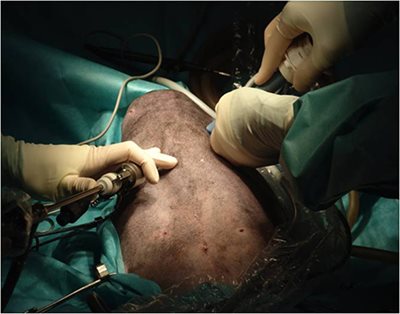
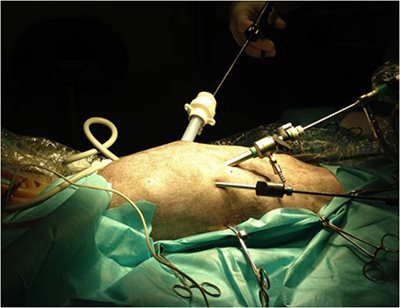
Photos 1&2: Thoracoscopic pericardectomy performed without pulmonary exclusion in 9 dogs.
Dupré G, Corlouer J, Bouvy B (2001). Vet Surg 30(1)21-7
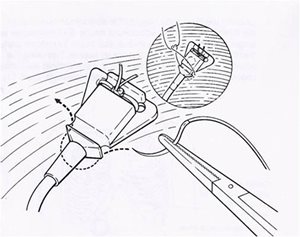 Leads
Leads
- Medtronic Unipolar electrodes for single chamber pacing
- Capsure EPI 4965 coated with steroïds
- Suturelessunipolar myocardial screw-in pacing lead
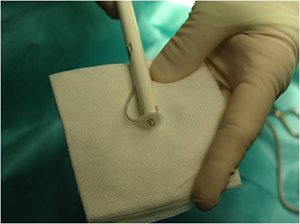
- Pulse generator : VVIR Medtronic ADAPTA ADSR 01
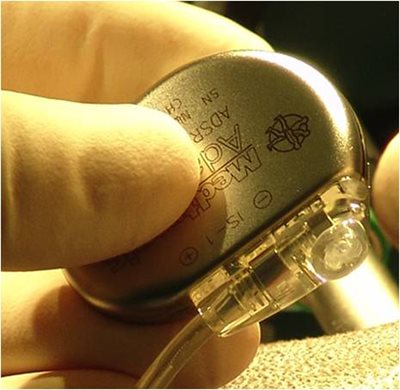
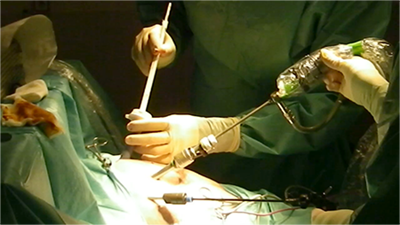
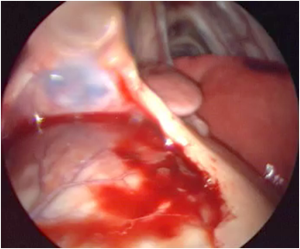
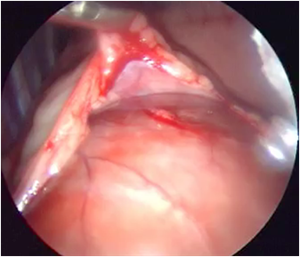
- 15 mm portal for lead implatation
- Lead and electrode positionning
- Controle pacing
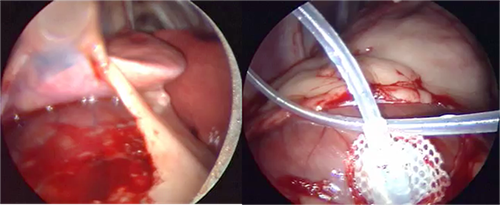
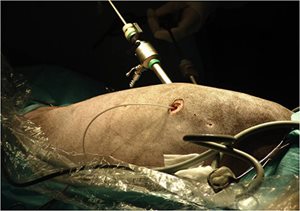
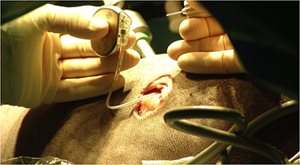
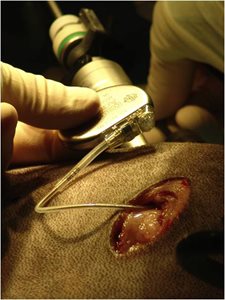
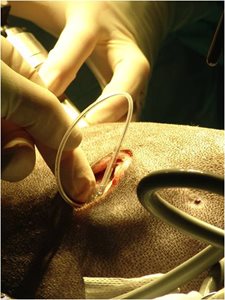
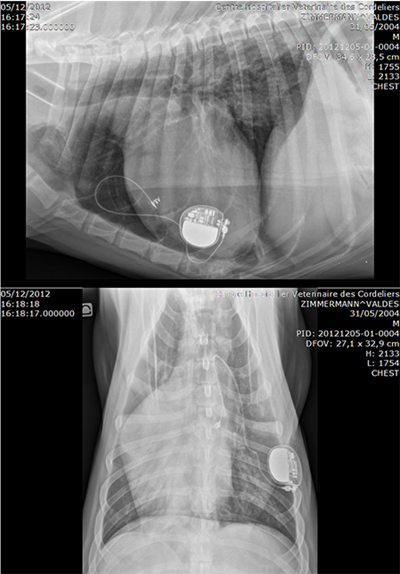
Anatomic study
- Both procedures done on a cadaver
- Epicardium marked on the insertion sites by Ligasure
- Full heart dissection
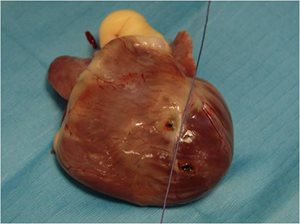
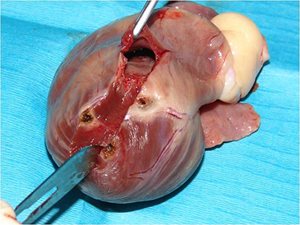
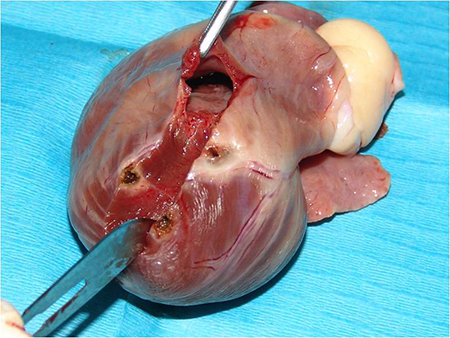
Results
- Animals
| Group |
Male
Female
|
Weight
|
Age
|
Breed
|
|
1 al 1
|
M
|
9,6 kg
|
11
|
WHWT
|
|
1 al 2
|
M
|
35 kg
|
7
|
Labrador
|
|
2 al 1
|
M
|
37 kg
|
10
|
S. Husky
|
|
2 al 2
|
F
|
27,5 kg
|
11
|
Weimaraner
|
- Surgical time
- 46’ and 43 ‘ in Group 1
- 44’ and 22’ in Group 2
- 1 major complication in Group 2 case 2
- Pigtail loss, thoracoscopic reimplantation neededTwiddler syndrome
- Biopsy
- Old myocarditis confirmed in both cases of Group 2
- Biopsy had no consequence on cardiac pacing
- Outcomes
- Hospital discharge 3 and 4 days PO in group 1 1 and 2 days PO in group 2
- All dogs free of cardiac symptomes